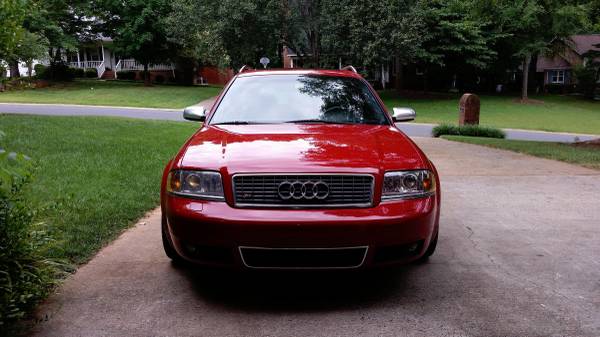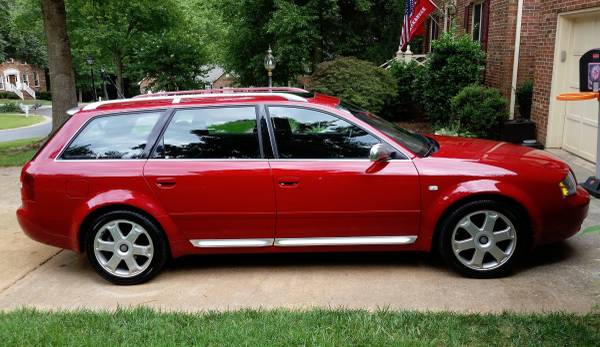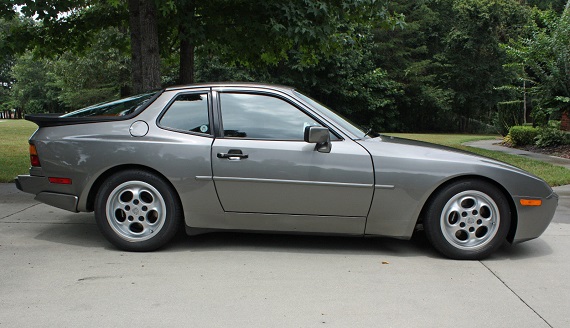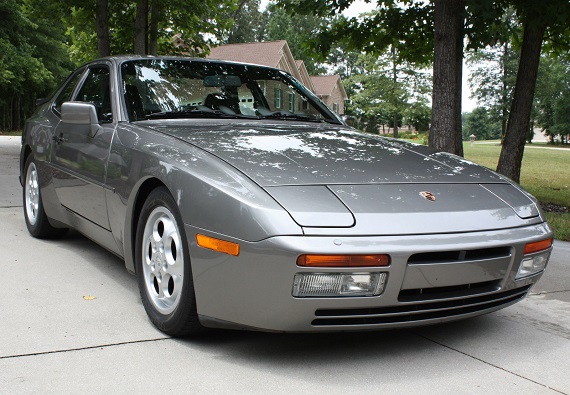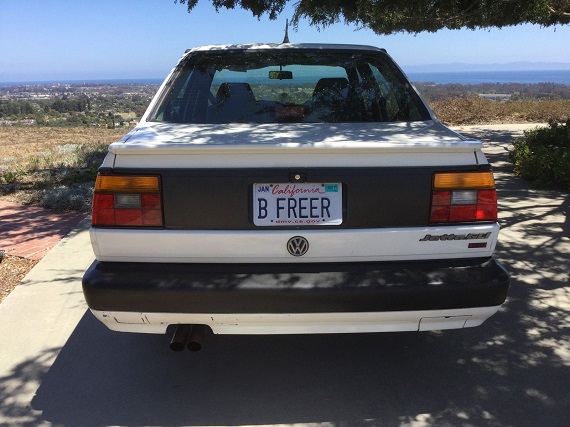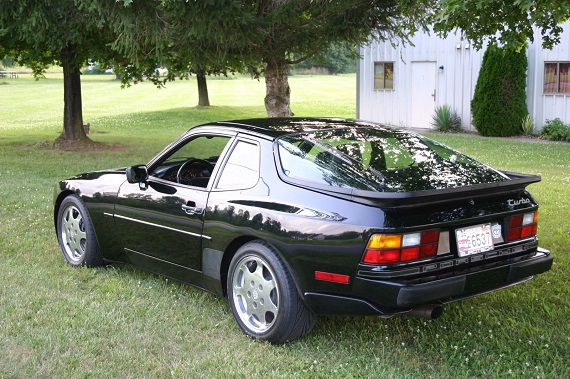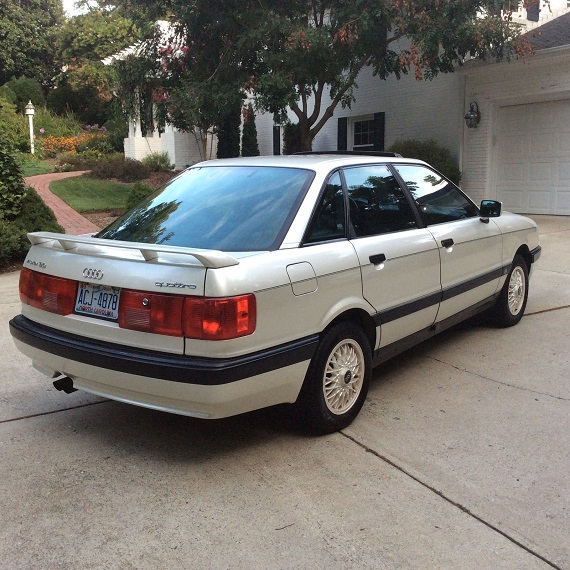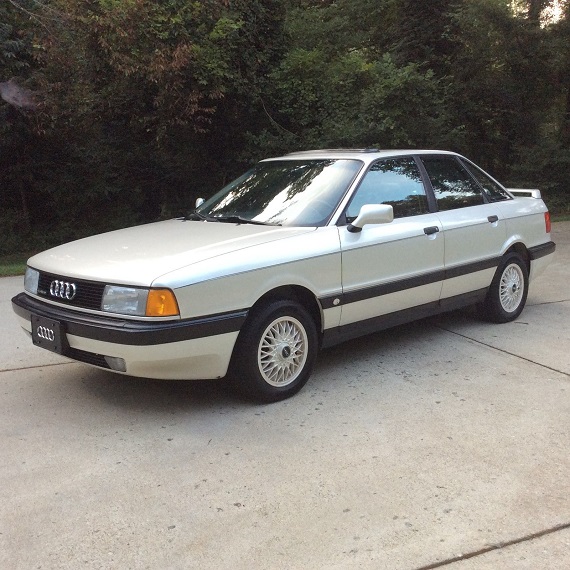The Audi C5 chassis was a unique time when the American market got virtually all of the options that were available in other parts of the world. There were many different engine configurations; starting with 2.8 liters and working its way to 3 liters was the naturally aspirated V6 in either sedan or wagon form. Stepping up a notch got you twin turbos on the V6, which could be had with either a manual or automatic gearbox, again in either sedan or wagon form (albeit only in Allroad configuration). The Allroad introduced a concept pioneered by Volvo and Subaru and was hugely successful if hugely complicated, with an adjustable air suspension meeting a host of other electronic gizmos. V8s were optional as well, in the widened and lightened near-S-specification A6 4.2 sedan, or as we see here the full fat S6 Avant. Turn it up a notch further and you could twin turbocharge the V8 and get your 450 horsepower jollies in a RS6, though we only received the 4-door. Granted, we did miss out on some great TDi configurations and the V8s came as automatic only, but simply the option to have the 340 horsepower wagon was a novelty at the time. I, like most die-hard Audi fans, was both mystified and disappointed by the C5 S6 Avant. With no manual option and the much hotter RS6 only coming in a sedan, it felt like even with the plethora of options available that the top-of-the-heap Avant wasn’t really all that could be offered. Expensive and overshadowed by options cheaper that were nearly as quick but more gimmicky (and basically looked the same), they didn’t sell particularly well – but most were coveted by those that bought them, and when they do arrive to market they’re usually a far cry from the tired look most C5 Avants have assumed:
Author: Carter
Edit 6/17/2017: This car has reappeared with new photos, a new listing and a $10,000 Buy It Now HERE!
The late 1980s saw an explosion of popularity in homologated race specials. There was the Quattro, fresh off the World Rally Championship. Though technically not a homologation, Porsche gave us a pretty popular option in the 944 Turbo which derived much of its technology from the successful 924 Carrera GTR/LM program. Of course, the real heavy hitters were the 190E 2.3/2.5-16 Cosworths from Mercedes-Benz and the superstar BMW M3. But all of those cars were pretty expensive; the Quattro and 944 Turbo were the best part of $40,000, the Benz hit the market at $37,000 while the slightly more affordable M3 stickered for $34,000. Still, inflation corrected, even the least expensive 1988 M3’s sticker price would equate to roughly $69,000 in buying power today – hardly affordable to most.
However, for a little less than half of what the M3 cost, you could get a fair chunk of the high-revving European feel in the Jetta GLi. It hit the markets around $15,000, which felt like quite a lot considering a base Jetta cost only half that amount a few years early. But a lot of Jetta you got for that money. Like the M3, it had a deep front spoiler with integral brake ducting and a rear wing. It had a roof mounted antenna, too, and most Jetta GLis were full of power options like windows, mirrors, anti-lock brakes and sunroofs. Also like the M3 you got form-fitting Recaro seats, and light alloy BBS wheels. And at its heart was a high-revving double-overhead cam 16 valve motor hooked to a close ratio 5-speed manual gearbox. Of course, for $20,000 less than the M3, you weren’t going to get a BMW – power, material and build quality, and the performance were all less than the Munich cars or the rest of that group previously mentioned. But impressive was the Jetta nonetheless, and the late run 16V GLis are still heavily appreciated today:
CLICK FOR DETAILS: 1992 Volkswagen Jetta GLi 16V on eBay
3 CommentsWe’ve got a few more additions to the Hammertime resource guide this week. A few are question marks – there was a surprising $10,000 sale…
Comments closed